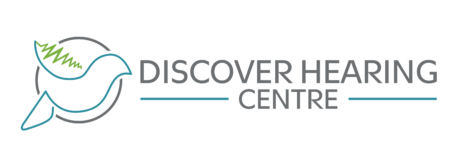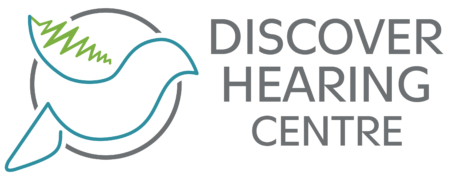Hearing Aid Fitting
Unlock better hearing with our professional hearing aid fitting in Kitchener. Enjoy a personalized fit and clearer sound. Don't wait—book your appointment today and hear the difference!




Hearing Aid Trial
After your hearing assessment, your practitioner will go over your results with you. If you have a hearing loss we recommend trialing a pair of hearing aids that suit your lifestyle and hearing loss. This trial typically lasts 1-2 weeks and helps your practitioner gain insights into your sound environments. Ultimately, this leads to providing the optimal recommendation for you as well as provides you with the opportunity to familiarize yourself with the devices. This allows for a decision to be made on data from your devices and the optimal pair of hearing aids can be selected for your needs. Afterwards, a follow up appointment will be scheduled for fitting the chosen devices.
The average time between a hearing test and getting fitted with the hearing devices that you purchase is between 12 to 24 days depending on the model selected.
The average time between a hearing test and getting fitted with the hearing devices that you purchase is between 12 to 24 days depending on the model selected.
Fitting a hearing device works in 3 core stages for the initial consultation:
- Physical fitting adjustment
- Amplification adjustments
- Counselling on how to wear and clean the devices.
Here at Discover Hearing Centre, we have developed a unique philosophy. It is our mission to only make hearing aid recommendations once the clinician has all the relevant information. This may require a trial period with the hearing devices to get a better understanding of your unique listening environments and needs. To learn more about this process, call our office to talk to our experienced staff members.


Physical Fitting
The physical fitting of the hearing aid is very important. With non-customized products such as the receiver in the ear hearing aids, there are lots of physical fit adjustments available. First, it is important for your practitioner to measure the ear to provide optimal fit. At this stage, if you find any discomfort, it is important to let your hearing practitioner know. If there is an issue with the physical fit, this may cause irritation on the outer ear or in the ear canal. A properly fit device should allow the patient to wear them all day with ease. If you are getting custom made hearing products, we need to use tools in the office such as grinders or dremels to physically reduce pressure points created from the device.
Once we have achieved a comfortable initial fit, it is time for adjustments. Initially, hearing practitioners will set the hearing aids based on 2 core factors, clarity and loudness levels. For new patients especially, we understand that feedback will be limited due to the lack of experience. Therefore, our office will book a 2 week follow up where the patient can give honest remarks to help customize the hearing aids based on their perception of sound.
Explore Other Services
Hearing Test
Book a consultation today if you or your loved ones are experiencing any troubles in clarity of speech. Our trained professionals will always take our time in teaching you about your hearing needs.
Tinnitus Relief and Management
Tinnitus is one of the most common issues we experience with our ears. That is why our practitioners are trained to outline different options and treatment plans to alleviate tinnitus symptoms. Ask us today on our options available.
Cognitive Evaluation
Cognitive health and impairment are a growing concern among Canadians, and hearing issues are a significant risk factor. Book your cognitive evaluation today!
Auditory Fitting
As a rule, our goal is to get the brain adapted to listening to the new frequencies that have been inaudible previously. Every patient will have a unique experience with hearing aids, and again it is important to understand that future adjustments are a necessary part of the process. For instance, two identical individuals with the same hearing loss may have drastically different experiences with hearing devices, therefore would require a different approach to fitting.
Now that the first 2 steps have been completed, your Hearing Health practitioner will give you guidance to succeeding with hearing aids. At first, you will be learning how to insert the hearing aids in your ears. Insertion is usually the most challenging step that will get easier with time and repetition. Your clinician will give you tips and tricks to guide you in learning this process.


Learning
Next, you will learn how to keep the hearing aids charged. To do so, there are two types of batteries, disposable and rechargeable. Each type has its advantages, for instance, disposable batteries are more effective when travelling due to the lack of charging base required. Rechargeables, on the other hand, are good options for individuals who experience limited mobility in their fingers. This type of hearing aid is becoming more and more common for the simple fact that it creates less end work for our patients.
Once you feel comfortable with the two basic principles to be successful with hearing aids, your clinician will review the accessories. This may include, remote controls, TV streamers and or downloading applications to your mobile devices. At any rate, these are all add ons and are not necessary to be successful with hearing devices. We will always work to meet our patients where they are in terms of understanding technology.

What Our Clients Say
Have Questions?
Call our office if you have any questions about your hearing loss or anything else related to hearing. We are happy to help and answer any questions you may have.



